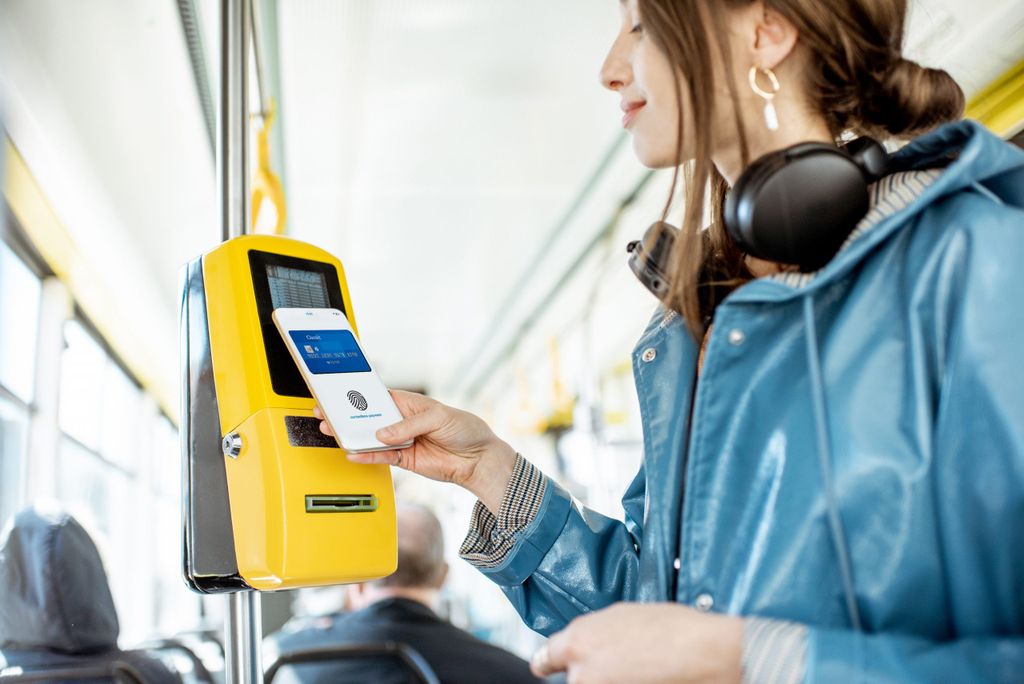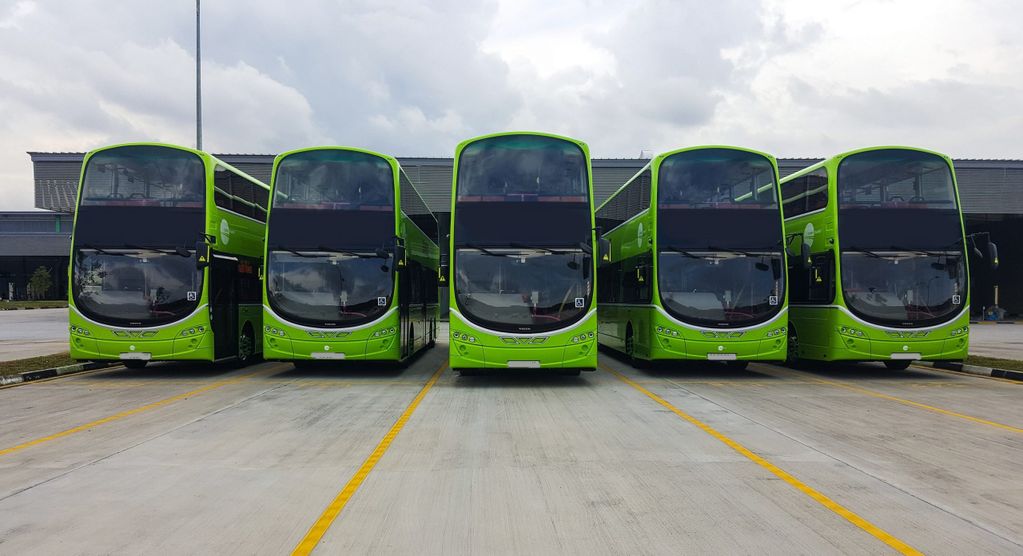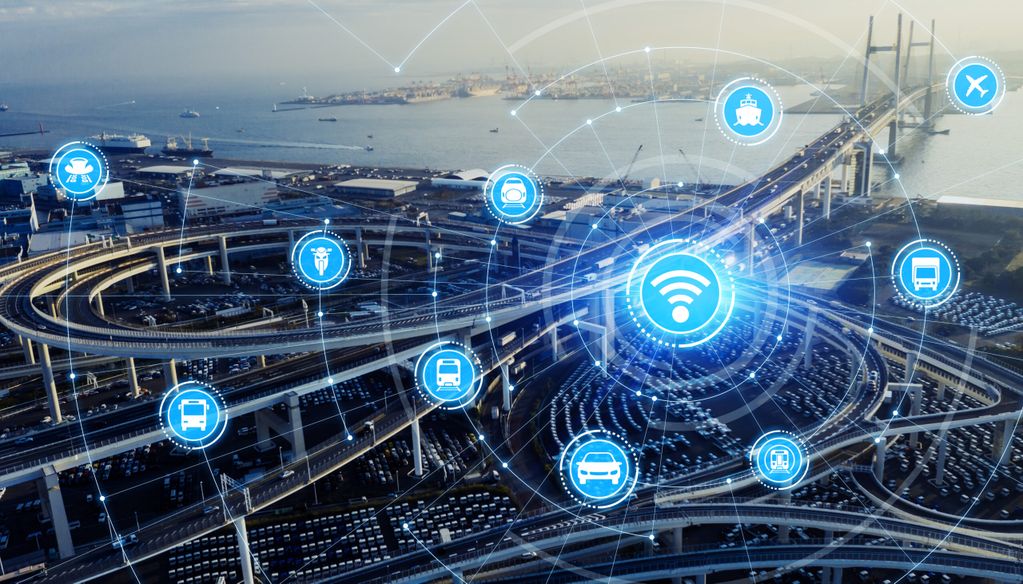
Digitalisation
A little background
Over the last decade, urban mobility has undergone a transformation within the digital world. The processes of the ways in which we live, work and move have been elevated to new levels with digitalisation and all it encompasses. Step by step, journey by journey, the digital evolution moves quickly and as technology develops, a people-centric approach must remain.
What is clear is that public transport has massively benefitted from digital development and as the changes are led by people, we must stay ahead of the trends and ensure we harness the potential of digitalisation to better serve the needs of customers.
Digitalisation is impacting the regular functions of traditional public transport services, including daily operations and maintenance, human resources, planning and scheduling, and passenger information.
What do we do?
The public transport industry has embraced these new technologies in order to create more customer-friendly, secure and efficient services. People are at the heart of the digital movement and with smart ticketing, new mobility players, artificial intelligence, autonomous vehicles, Mobility-as-a-Service (MaaS), cyber security, data, the Internet of Things and more, our movement is touched by the digital fingerprint each and every day.
Digitalisation is a topic that permeates the work of each of our working bodies. We discuss the various impacts and opportunities this evolution presents to our sector.
Contact
UITP

UITP

Committee Chair - Information and Telecommunications Technology (ITT)

Roch MURAINE
Worldwide Sales Director Vertical Market - Transportation, Alcatel-Lucent EnterpriseCommittee Chair - Information Technology and Innovation (ITandI)

Ralph GAMBETTA
General Secretary, Calypso Networks Association
all statistics








